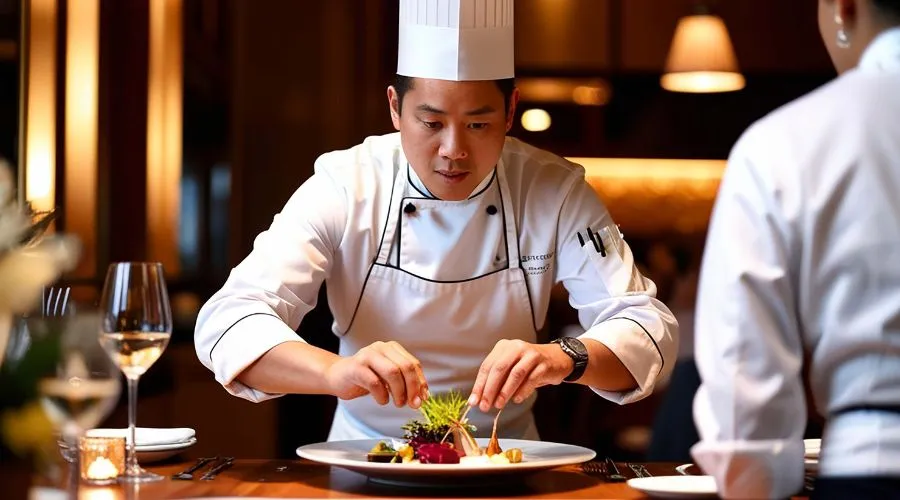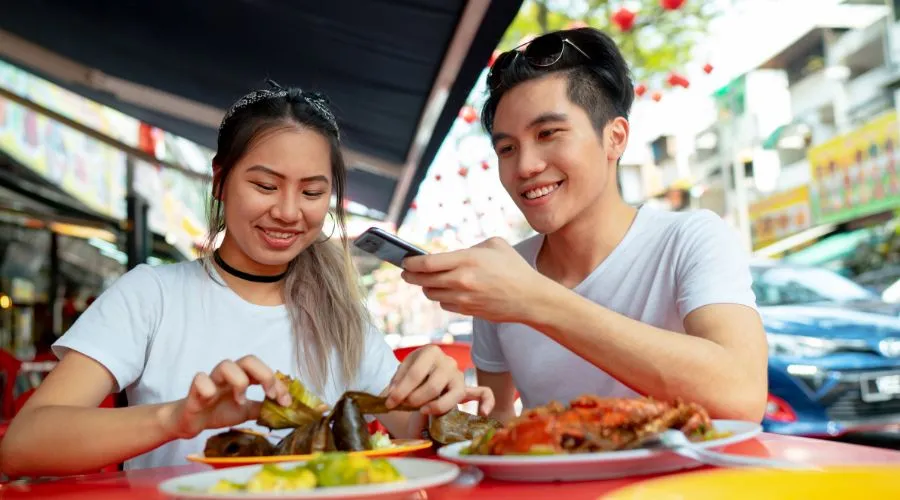Exploring new destinations often begins with the senses — the scent of sizzling spices, the sight of artfully plated dishes, and the taste of something you’ve never tried before. Food tells the story of a culture, and for many travellers, culinary exploration is the highlight of any journey.
But as delightful as discovering local flavours can be, it’s important to remember that our bodies aren’t always ready for new ingredients, different bacteria, or unfamiliar hygiene standards. Whether you’re indulging in a Michelin Star in Singapore or grabbing a steaming bowl of noodles from a bustling night market, knowing how to protect your health will help ensure every bite is memorable — for the right reasons.
While sightseeing, you may not have other options than to dine at local restaurants or even eat street food. Don’t worry, with proper precautions, you can have an enjoyable gastronomic journey without any negative health consequences. Have a look at our tips below.
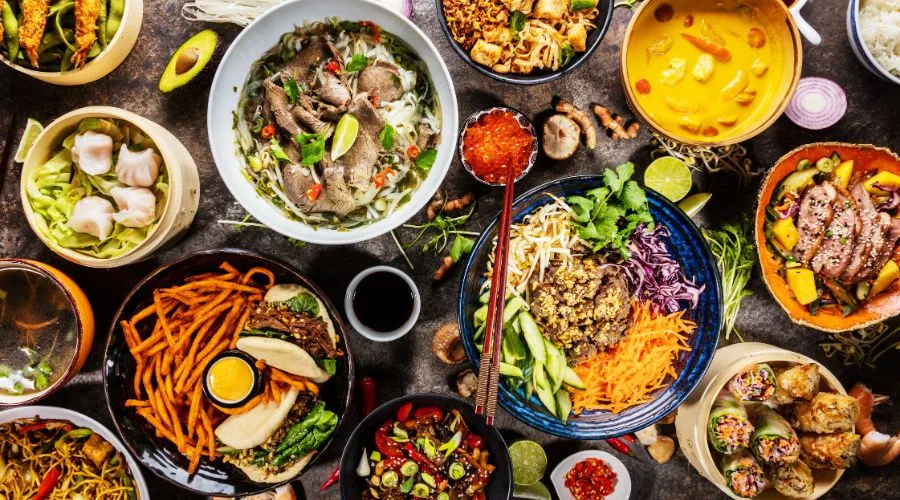
1.Plan Ahead
Nothing beats proper planning when it comes to hassle-free travel. With regard to food, you must know how to avoid food poisoning from seafood and other common triggers.
- Perform due diligence and research about your destination to find out what food safety issues have been known to happen or commonly happen during a trip so you can plan and prepare for any and all possibilities.
- Check if there is drinkable water available or whether you need to buy bottled water for the entire duration of your stay.
- Find out if there are health issues you should be aware of, such as altitude sickness or traveler’s diarrhea, and appropriate vaccinations if necessary.
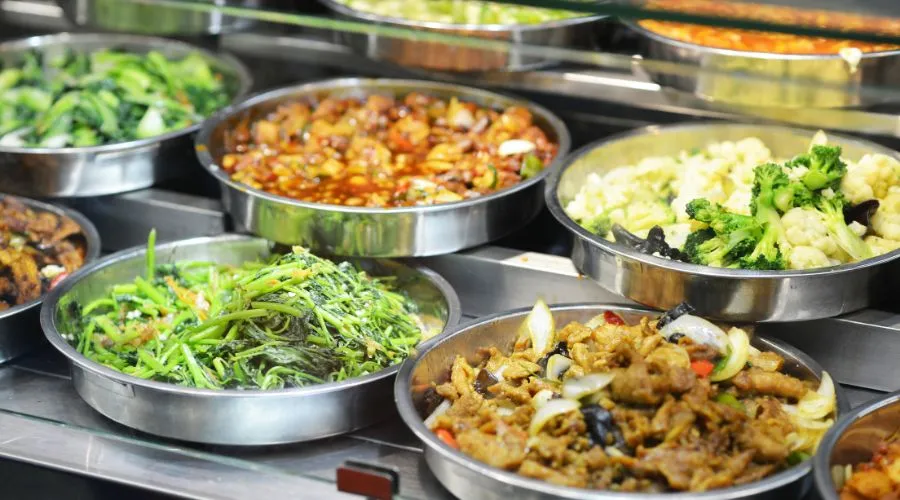
Pro Tip : Download a translation app or carry a small phrase card with sentences like “Does this contain shellfish?” or “Is this water filtered?” — it shows respect and keeps you safe.
2.Pay Attention to Health Care Requirements
Before your trip, check any necessary vaccines and prescription medication.
- Check if the destination you’re visiting will require you to present documents of updated vaccines.
- If you have prescribed medications, make sure that you have enough to last your entire stay. Filling prescriptions in a different country might be complicated or result in issues with availability.
- Make sure to bring over-the-counter medications, especially for diarrhea, gas, and other gastrointestinal problems. Seek doctor recommendations if needed.
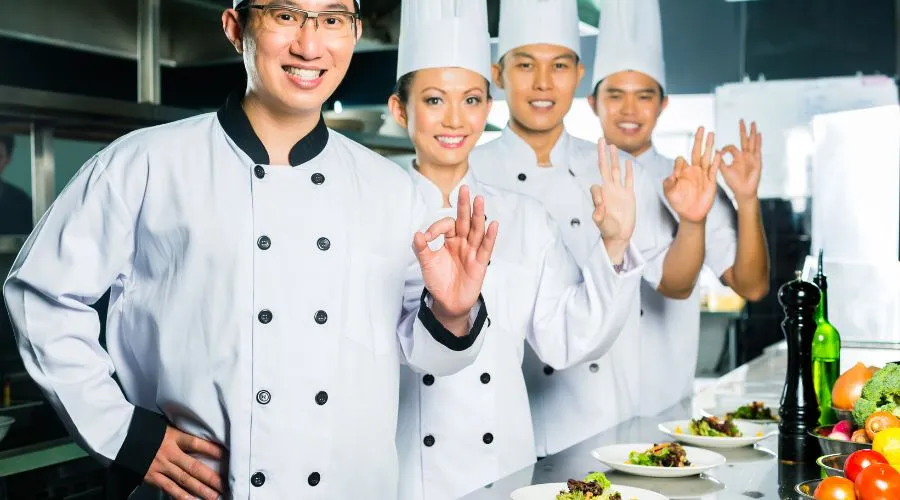
While you’re travelling, prioritise cleanliness and hygiene. Whether you’re eating at a luxury venue or a street cart, cleanliness is the most basic — yet often overlooked — factor in safe eating.
Wash your hands thoroughly before eating or use antibacterial wipes and sanitizer when sinks aren’t available. Avoid touching your face while exploring food markets, and keep reusable utensils in a small case if you’re concerned about hygiene standards.
Pro Tip: Create a small “travel hygiene kit” with sanitizer, wipes, charcoal tablets, and a reusable straw — it fits easily in your bag and can save a holiday from being spoiled.
3.Take Note of Important Food Considerations
There’s beauty to traveling like a local, but dining like one requires a bit of caution. You want to enjoy your trip without the stomach aches.
When eating at local markets or street stalls, observe a few key things:
- Don’t eat lukewarm food, especially when you’re eating from a buffet or a salad bar. Food should either be served cold or hot, but not in between.
- Eating dry or packaged foods is perfectly safe as long as they are factory-sealed, not damaged or open, or handled by someone else.
- Avoid eating raw foods, such as fresh salsas or ceviche, unless you prepare them yourself. The same is true for fresh fruits and vegetables.
- You can eat street food provided that they are really hot or really cold, and freshly made and cooked.
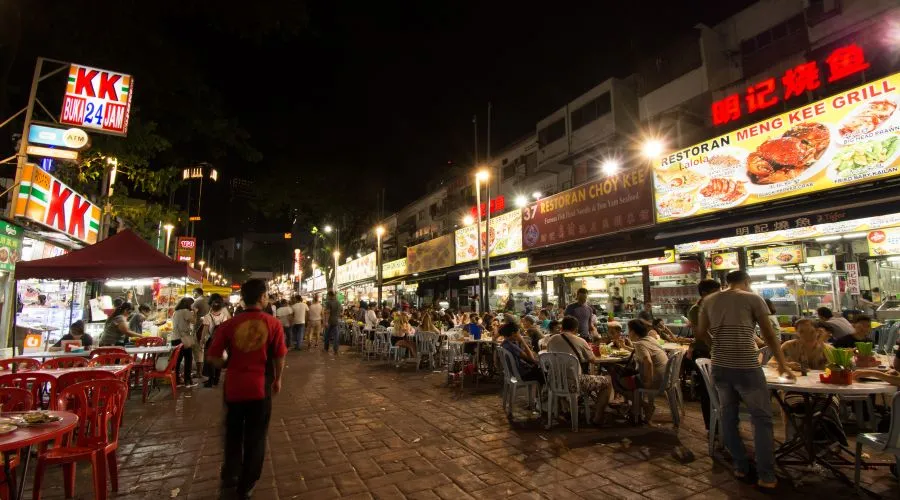
Pro Tip : Follow the crowds — locals know which vendors serve fresh, high-quality food. Busy stalls also mean fast turnover, which means less time for bacteria to grow.
4.Drink Considerations You Should Know
Be careful with drinking tap water or any type of water in places where the water quality is unknown or not verified as safe to consume.
- Avoid using ice, especially in destinations where access to clean water is limited.
- When drinking bottled or canned drinks and water, always carefully check the seal. This is especially true in some places where the seal of bottled waters can be easily resealed and the contents replaced.
- Avoid coffee or tea that is served lukewarm or at room temperature, and milk stored in pitchers or opened bottles instead of sealed containers.

Pro Tip: Be cautious with smoothies, iced coffee, and fruit juices from street vendors unless you’re sure the water and ice are purified.
5.Start Gently — Give Your Stomach Time to Adjust
When you arrive in a new country, it’s tempting to dive straight into the boldest local flavours. But your digestive system needs time to adapt to new bacteria and spice levels.
Start with cooked foods and moderate spice levels in your first few days. As your body adjusts, gradually try more adventurous options.
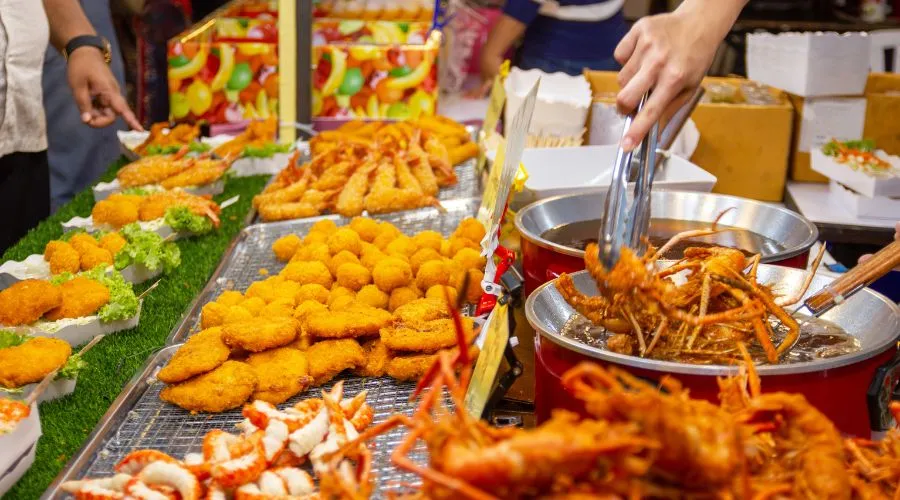
Pro Tip: Pack probiotics or eat probiotic-rich foods like yogurt to help your gut adjust naturally to new environments.
6.Stay Hydrated and Rested
Travel and dining can be physically demanding — especially if you’re eating multiple rich or spicy meals each day. Staying hydrated and getting enough rest helps your digestive system cope better with the changes.
Drink plenty of safe water, pace your meals, and give yourself time between feasts to reset.
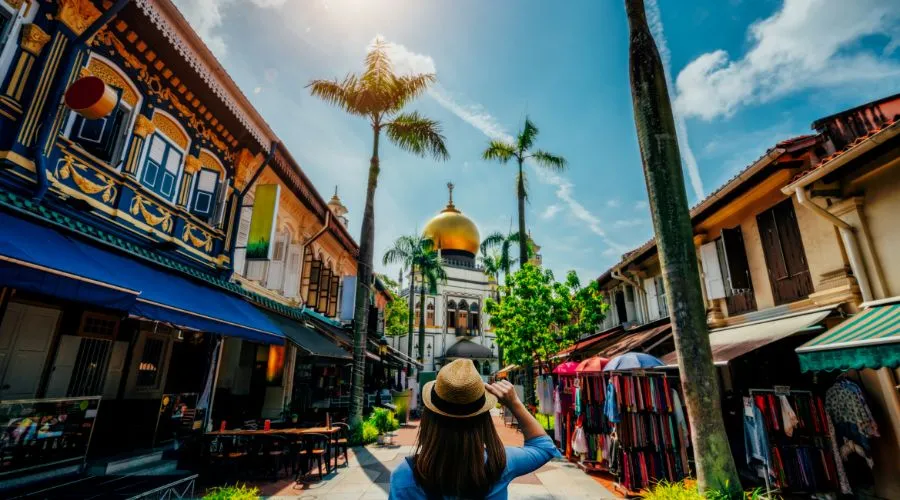
Pro Tip: Sip water or herbal tea after meals to aid digestion and balance your system — ginger tea is particularly good after spicy food.
Final Thoughts on
How To Ensure a Safe Gastronomic Journey Abroad
Food safety should be a priority when traveling, especially in places where the quality of food and drinking water is uncertain. Enjoy the local food, but do so with caution.
Whether you’re dining at a Michelin-star restaurant in Singapore, such as the famous JAAN by Kirk Westaway or sampling street satay under the city lights, a little preparation ensures your gastronomic journey remains a highlight — not a hazard.
